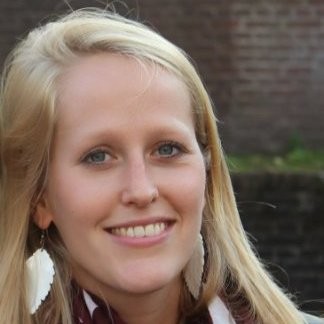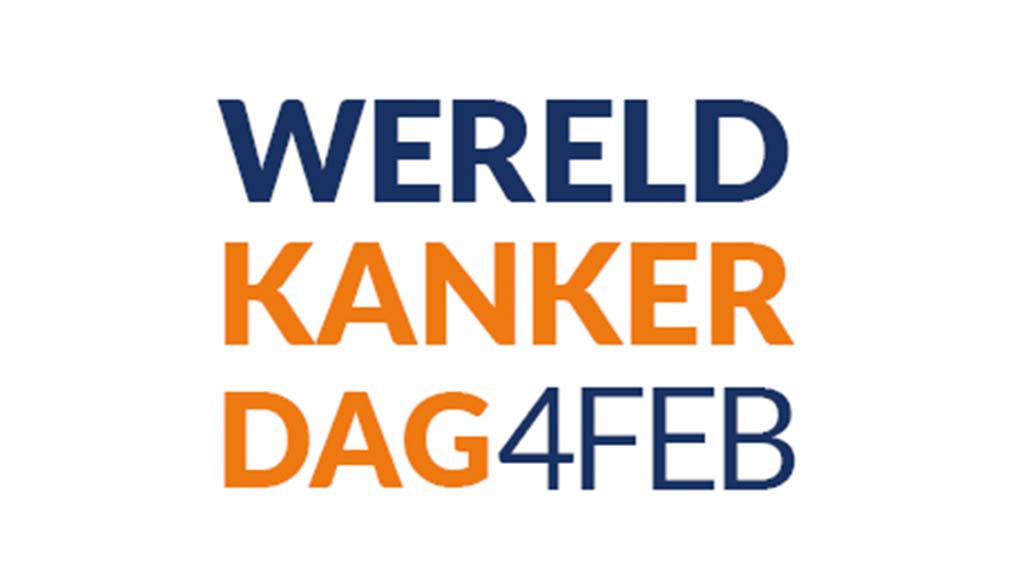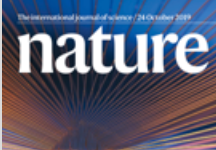Patients can benefit from whole genome sequencing for immunotherapy

Immunotherapy is an effective treatment for many people with cancer. The number of abnormalities in the DNA of the tumor in many cases predicts the likelihood of success of immunotherapy. This is currently usually investigated with gene panel tests, whereby the accuracy of the results is vitally important. Joanne Mankor and her fellow researchers compared the accuracy of those tests with those of Whole Genome Sequencing (WGS). According to their research, WGS is 5-30% more accurate than gene panel tests in theory. An interview with Joanne Mankor, Physician Researcher at Erasmus University Medical Center.
“Immunotherapy is an important treatment for some people with cancer. For the group of people for whom the therapy works, it can offer a number of years of life in relatively good health, whereas with chemotherapy you would see illnesses increasing within a few months, in some cases even resulting in death. Immunotherapy does not work for everyone, is expensive and has unpleasant side effects, so it is nice to know for whom the therapy works and for whom it doesn’t.”
Comparing DNA tests
“The DNA of the tumor contains indications that the therapy could be successful in the form of changes or mutations. These indications are identified with a DNA test and are often located in a certain set of genes, but may also be found on other genes. The DNA tests now being used are called gene panel tests.”
Accuracy
“Many immunotherapy research studies base their conclusions on the results of a gene panel. These studies have major consequences, so it is important to know whether the gene panels provide sufficient and accurate information. Gene panel tests generally analyze a limited number of genes, often about 500, while WGS analyzes all 20,000 genes, and so by definition finds more mutations.”
Research design
Joanne Mankor is a member of Joachim Aerts’ research group. She and her colleagues studied the difference in accuracy between the two types of tests and compared the results of seven gene panel tests with WGS. They did this by conducting a bioinformatic analysis of the data of nearly 3,000 patients in the database of CPCT and the Hartwig Medical Foundation. A total of 21 different types of cancer were present in these patients. They compared the data with the values you would get if you only tested the genes from the panel tests.
Test results: immunotherapy or not?
“If sufficient changes have been found in the DNA to demonstrate how the patient will respond to immunotherapy, the physician has enough information to decide whether to start treatment. These changes are expressed in mutations per megabase. But not everyone agrees on the definition of the term ‘sufficient’. Some researchers and physicians think five mutations per megabase are sufficient, others will only consider treatment if ten mutations per megabase are found. We call this threshold the cut-off point.”
Research results
- “WGS measures changes in DNA more accurately than gene panel tests. This accuracy changes if the cut-off point is adjusted. At a cut-off point of ten mutations per megabase, the gene panels give a false-positive or false-negative result in 5-10% of cases compared to WGS. But at a cut-off point of five mutations per megabase, the gene panels give a false-positive or false-negative result in 15-30% of cases.
- To obtain a more reliable result for a WGS cut-off point of ten mutations per megabase, a different cut-off point had to be chosen per gene panel of between eight and twelve mutations per megabase.
- The results of the gene panels varied, so you cannot compare them and use the combined results for research into immunotherapy in the broad sense.
- The cut-off point that is most likely to produce the best result differs per type of cancer.
The results differ per gene panel test, per type of cancer and per cut-off point. Each test has its own starting points, and different tests therefore give different results. That results in inequality of treatment between different patients.”
What does that mean for the patient?
- “If you ‘misclassify’ 10% of patients, this means that you have made the wrong decision on whether to treat them or not.
- If you deny patients a treatment that could potentially give them a few months to some years of relatively healthy life, you have not provided adequate care.
- If you treat patients with an expensive therapy, while a better test would have told you that they would not respond, it is a waste of the healthcare budget. In addition, you are also unnecessarily exposing patients to a risk of serious side effects.
- Patients with the same number of mutations are given different treatments depending on the test that is taken.”
What next?
“Immunotherapy is one of the ways to provide targeted or patient-focused therapy. The therapy is based on abnormalities in the DNA that we are already aware of. During our studies we have found more and more of these abnormalities, including in places in the genome where we did not expect them. You can only find these abnormalities, or biomarkers, if you examine the entire genome. You can use various gene panel tests to this end, but they are expensive and difficult to compare. WGS is less expensive than a combination of various gene panel tests and provides exhaustive and therefore accurate results.
Today’s patients are entitled to the most accurate test possible in order to make the best choice of treatment. The patient of tomorrow will be helped with the knowledge gained from examining genomes today. I expect WGS to become the new standard. For now, it is important to find out whether WGS is practicable and feasible in clinical practice. This is currently being examined in the WIDE study, the first interim results of which will be presented at ESMO in September.”
The research paper entitled Impact of Panel Design and Cut-off on Tumour Mutational Burden (TMB) Assessment in Metastatic Solid Tumour Samples was published in February 2020 in the British Journal of Cancer. Authors: J.M. Mankor, M.S. Paats, F.H. Groenendijk, P. Roepman, W.N.M. Dinjens, H.J. Dubbink, S. Sleijfer, CPCT Consortium, E. Cuppen, M.P.J.L. Lolkema.
You read an article in the category Personalized treatment. You may also be interested in Scientific publications or Whole genome sequencing.All news
Also read

Take a virtual tour of our laboratory: from the biopsy to the patient report
What happens to your tumor tissue and blood during a comprehensive DNA test? What exactly does all the complex equipment …

22 impactful scientific publications in 2022
In 2022, research groups from all over the world published 22 scientific papers in which data from the Hartwig Medical …

Nature publication: High resolution DNA-image of metastatic tumor provides new treatment insights
For the first time, Dutch researchers have created a detailed overview of the landscape of DNA-deviations in thousands of metastatic …

We have been using the complete DNA test for the past two years in the routine care of patients with cancer. The test provides at least as much, and often more, information we can use to treat our patients than regular tests. Moreover, in patients with an unknown primary tumor, it can help us to diagnose the cancer and find a treatment. This test also makes a difference for patients with a sarcoma. Our researchers have scientifically demonstrated this in several studies.